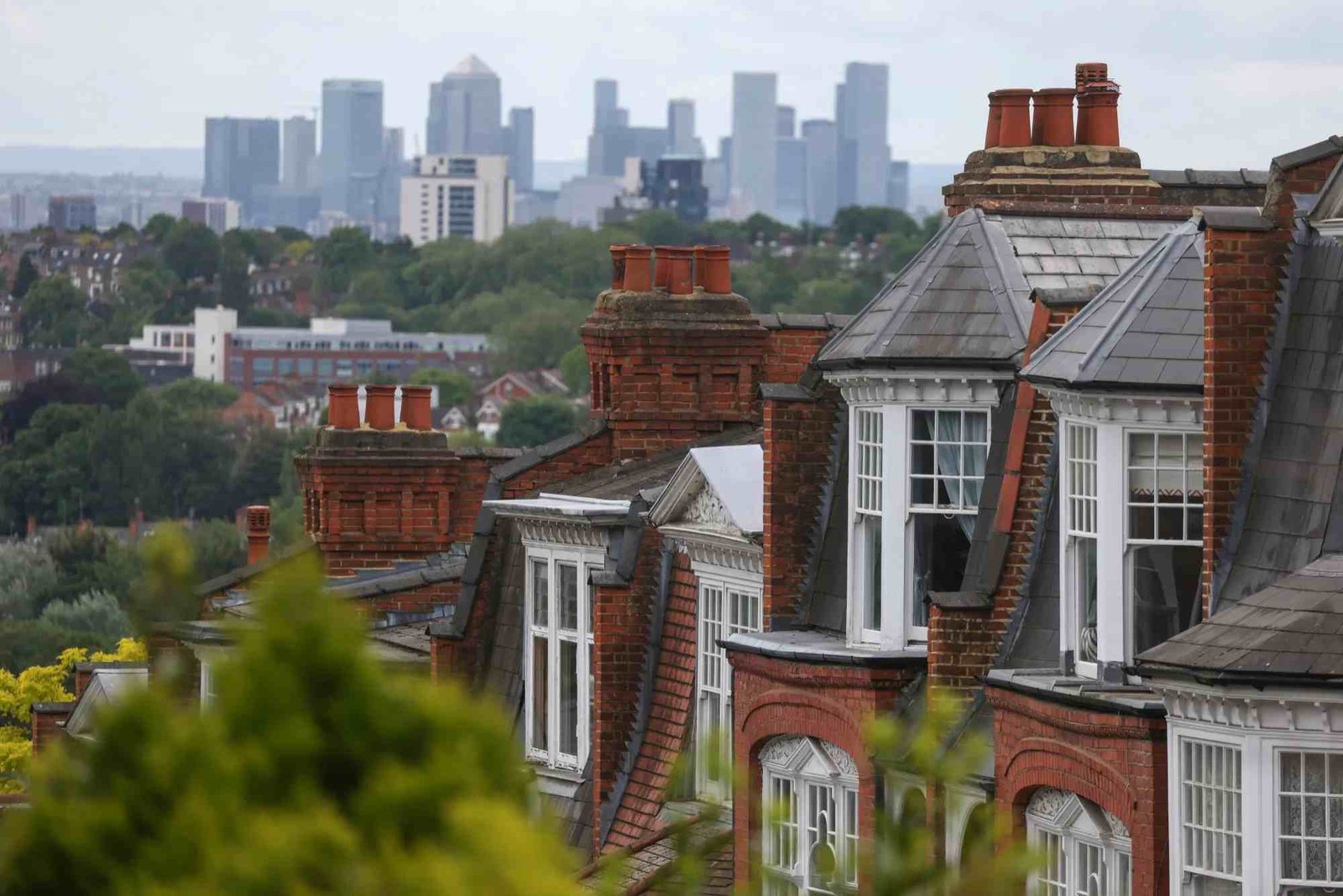Introduction
Designing energy-efficient and environmentally responsible buildings is no longer optional—it’s essential. Among the many innovations in green architecture, Designing Roofs As Cool Roofs stands out as one of the most practical and cost-effective strategies for sustainable construction. These roofs don’t just look good; they actively help in lowering indoor temperatures, saving energy, and reducing greenhouse gas emissions.
In this guide, we’ll explore how to design cool roofs, the science behind their performance, material options, practical design considerations, and why they’re critical for the future of sustainable buildings.
Understanding the Concept of Cool Roofs
Cool roofs are designed to reflect more sunlight and absorb less heat than standard roofing materials. They achieve this through reflective coatings, lighter-colored materials, and thermal emittance technologies.
A well-designed cool roof can stay up to 50°F cooler than a conventional roof under the same sunlight exposure. This translates to substantial energy savings and improved indoor comfort, particularly in hot climates.
By Designing Roofs As Cool Roofs, architects and builders create structures that work with the environment, not against it—reducing cooling demands, extending roof life, and improving overall sustainability.
Why Cool Roofs Matter for Sustainable Buildings
Cool roofs directly contribute to environmental goals. They are part of a holistic approach to energy-efficient architecture, offering multiple long-term benefits for both building owners and the planet.
Energy Efficiency and Comfort
Cool roofs reduce the amount of heat transferred into the building, minimizing air-conditioning use. This directly lowers electricity bills and decreases the strain on HVAC systems, especially in urban environments where heat islands amplify temperature levels.
Environmental Impact
By lowering cooling energy demands, cool roofs reduce carbon emissions from power generation. On a larger scale, widespread adoption helps mitigate the urban heat island effect, creating cooler, more livable cities.
Longer Roof Lifespan
Excessive heat degrades traditional roofing materials faster. A cool roof’s reflective properties help maintain temperature balance, preventing thermal expansion and cracking over time.
Increased Property Value
Sustainable design is a strong selling point in real estate. A cool roof enhances the overall building performance rating, appealing to eco-conscious buyers and businesses seeking green certifications like LEED.
Key Principles for Designing Roofs as Cool Roofs
When designing roofs as cool roofs for sustainable buildings, a thoughtful approach is essential. Every element—from material selection to local climate considerations—plays a crucial role.
Choose Reflective Roofing Materials
Material choice determines how effectively a roof reflects sunlight and emits heat. High-reflectance materials such as white membranes, metal coatings, and reflective shingles are ideal options.
For flat roofs, white or light-colored coatings provide optimal reflectivity. For sloped or residential roofs, solar-reflective shingles or tiles offer both aesthetics and function.
Understand Solar Reflectance and Thermal Emittance
Two main properties define a cool roof:
-
Solar Reflectance (SR): The fraction of sunlight a surface reflects.
-
Thermal Emittance (TE): The roof’s ability to release absorbed heat.
A high SR and TE value combination ensures superior cooling performance. The Solar Reflectance Index (SRI) combines both to help compare materials effectively.
Incorporate Proper Insulation
Insulation complements reflectivity by reducing heat transfer through the roof structure. This dual-layer protection—reflective surface and thermal barrier—maximizes energy efficiency.
Insulated cool roofs are particularly beneficial in regions with fluctuating temperatures, maintaining indoor comfort year-round.
Prioritize Ventilation
Adequate roof ventilation improves air circulation and helps regulate attic temperatures. Ridge vents, soffit vents, and reflective underlayments prevent heat buildup beneath the roof surface.
Good airflow also reduces moisture accumulation, extending the lifespan of roofing materials.
Match Design with Climate
Cool roofs perform best in hot and sunny regions, but their design can be optimized for almost any climate. For cooler climates, a slightly lower reflectivity may help retain warmth during winter while still providing summer comfort.
Regional energy codes and local weather data should always inform the roof’s reflectivity balance and material choice.
Material Options for Designing Cool Roofs
Selecting the right materials is at the heart of effective cool roof design. Modern innovations now allow architects to combine performance, durability, and aesthetic appeal.
Reflective Coatings
Acrylic, silicone, or elastomeric coatings can be applied over existing roofs to increase reflectivity. They’re cost-effective and suitable for retrofitting older buildings.
Metal Roofs
Metal roofing with reflective paint finishes or coatings provides excellent solar reflection. It’s durable, lightweight, and ideal for both residential and commercial properties.
Cool Shingles and Tiles
Manufacturers now offer cool shingles and tiles that maintain traditional appearances while incorporating heat-reflective granules. They’re perfect for aesthetic-focused sustainable homes.
Green Roof Systems
While not reflective, green or vegetative roofs absorb heat differently—through plants and soil. When combined with cool materials, they offer hybrid sustainability benefits, such as stormwater management and natural insulation.
Designing Cool Roofs for New Constructions vs. Retrofits
For New Buildings
Architects have the advantage of integrating cool roof principles from the start. Roof orientation, slope, and color can all be optimized. Reflective materials can be selected early, ensuring compatibility with insulation and building systems.
For Existing Buildings
Retrofitting existing roofs into cool roofs is simpler than most expect. Reflective coatings, membrane overlays, or modular tiles can transform standard roofs without complete reconstruction.
This approach is ideal for older buildings seeking sustainability upgrades with minimal downtime or cost.
Maintenance and Performance Optimization
A cool roof’s efficiency depends on consistent upkeep. Dust, debris, and algae reduce reflectivity over time. Regular cleaning and inspection restore optimal performance.
Re-coating every few years ensures sustained solar reflectance. Routine maintenance checks also prevent leaks and structural wear, maximizing the lifespan of the investment.
The Role of Cool Roofs in Sustainable Urban Development
In dense cities, dark roofing materials contribute significantly to heat buildup. Cool roofs act as a scalable solution—one building at a time—to reduce the urban heat island effect.
Beyond individual energy savings, they promote better air quality, reduce smog formation, and lower overall city energy demands. Urban planners and developers increasingly incorporate cool roofs into sustainability strategies for future-ready cities.
For a deeper understanding of practical applications, explore this Designing Roofs As Cool Roofs guide that highlights case studies and industry best practices.
Real-World Examples of Cool Roof Applications
Across the globe, cool roof technology is reshaping how architects think about sustainability.
In California, cool roofing standards have become part of Title 24 Energy Codes, pushing residential and commercial buildings toward higher efficiency. Similarly, cities like Singapore and Dubai promote reflective roofing in their sustainability initiatives, combining local climate adaptation with global emission reduction goals.
The results are striking—lower urban temperatures, reduced power consumption, and healthier indoor environments.
Common Challenges and How to Overcome Them
Despite the benefits, designing cool roofs comes with challenges such as upfront costs, aesthetic limitations, or lack of local expertise.
These can be mitigated by:
-
Selecting cost-effective coatings for retrofits.
-
Exploring material varieties that blend style and sustainability.
-
Consulting certified cool roof professionals.
Investing slightly more upfront yields long-term returns in energy savings and durability.
FAQs
What is the main purpose of a cool roof?
A cool roof reduces heat absorption by reflecting sunlight, keeping buildings cooler and cutting energy costs.
How long do cool roofs last?
With proper maintenance, cool roofs can last 20–30 years, depending on material type and environmental exposure.
Do cool roofs work in cold climates?
Yes. While they’re most effective in warm areas, proper insulation ensures energy efficiency even in cooler regions.
How much energy can a cool roof save?
Savings vary by location, but they can reduce cooling costs by up to 20% annually in warm climates.
Can existing roofs be converted into cool roofs?
Absolutely. Reflective coatings or overlays can easily retrofit standard roofs into efficient cool roofs without major reconstruction.
For more insights, check this Related Blog article that discusses the practical aspects of sustainable roofing design.
Designing roofs as cool roofs is more than an architectural trend—it’s a necessity for sustainable urban growth. By integrating reflective materials, smart insulation, and climate-based design, we can build structures that save energy and protect the environment.
As climate change intensifies, every decision in construction matters. Cool roofs exemplify how smart design can create immediate comfort and long-term environmental impact.
If you’re an architect, builder, or homeowner looking to make your building more energy-efficient, start with your roof. It’s one of the simplest yet most powerful steps toward sustainability.
Learn more about how innovation and technology are shaping the future of sustainable building design today.












